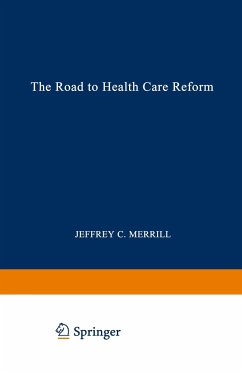5 care reforms. Part II: Price Regulation The second partofthis volume examines the role ofprice regulation in controlling health care costs. It contains three chapters. In chapter seven, I examine the alternatives for regulating pharmaceutical prices. In chapter eight, Jack Hadley examines the impactofvarious forms ofhospital price regulation; while in chapter nine,MarkPaulyexaminestheroleofpriceregulation incontrollingphysician fees. Chapter seven focuses on the issue of regulating pharmaceutical prices. There are two key issues examined in this paper. First, is there a clear need for price regulation, and second, can price regulation work in this industry? In response to the first question, I come to the conclusion that the proponents ofprice regulation have not really proven their case. Although the financial returns in the pharmaceu tical industry have been slightly higher than expected during the 1970s and 1980s, there is not overwhelming evidence of"price gouging" or excessive profits on the part of the industry. In response to the second question, the answer is clearly no. The traditional approaches to price regulation will not have the intended affect of eliminating excess profits from the industry while maintaining the incentives for research and development. First, rate-of-return regulation, the most natural approach, would result in many adverse incentives-includingexcessive investment in research and developmentinorderto inflatetheratebaseused tocalculatedtheallowablereturns.








